Every year, Mr. Giap Van Bao's farm, a farmer who raises frogs and tilapia in the same pond in Ngoc Trai village, Viet Lap commune, Tan Yen district ( Bac Giang province), earns hundreds of millions in profit. The farm supplies the market with 15-17 tons of commercial frogs, 300,000 frog seeds, 20-30 tons of commercial tilapia...
Mr. Giap Van Bao in Ngoc Trai village, Viet Lap commune, Tan Yen district (Bac Giang province) is one of the typical farming households, passionate about starting a business and getting rich on his homeland.
With the model of raising frogs combined with raising tilapia, each year Mr. Giap Van Bao's farm has supplied the market with 15-17 tons of commercial frogs, 300,000 frog seeds along with 20-30 tons of commercial tilapia, helping Mr. Bao earn hundreds of millions of dong in profit.
In 2014, after many days of planning, Mr. Bao discussed with his family and decided to renovate the family's existing 500m2 pond to raise frogs, but failed many times.
The main reason is still the unstable frog farming technique: the design of water inlet and outlet for the pond is not systematic, frog ponds are easily polluted, diseases in the pond are difficult to control, frogs often suffer from blindness, thigh sores, etc.
However, after receiving advice, discussion and guidance on frog farming techniques from agricultural extension officers, Mr. Bao became confident in farming, continued to expand production and was determined to invest in long-term frog farming.
From an area of 500m2 of frog pond, Mr. Bao's farm has now expanded to 10,000m2 of pond.
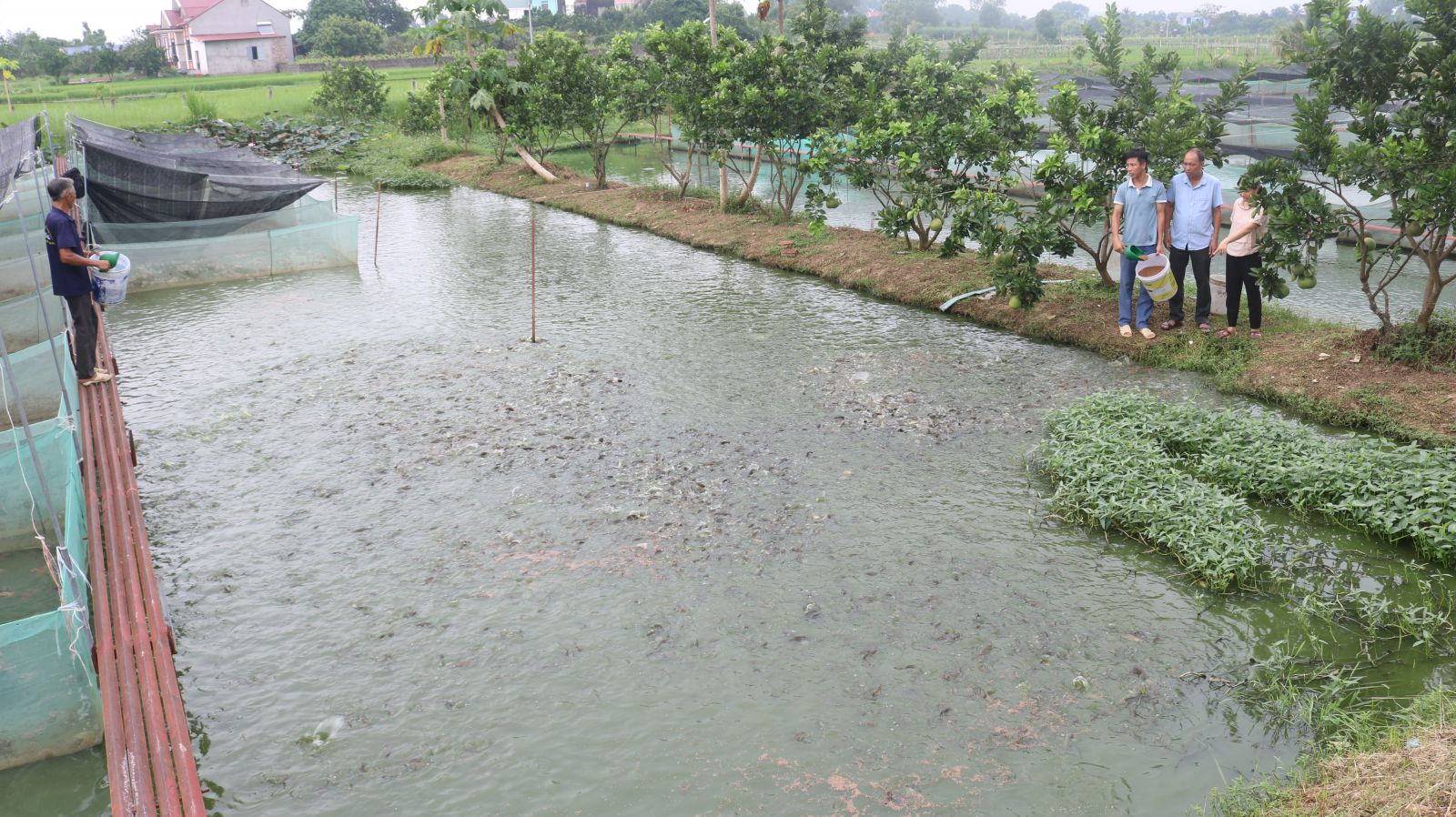
A corner of the frog and tilapia farm of Mr. Bao's family, a good farmer and businessman in Ngoc Trai village, Viet Lap commune, Tan Yen district, Bac Giang province.
Realizing that the frog farming process and pond environment are easily polluted due to the large amount of waste from frog farming into the pond, it costs a lot to clean the pond as well as prevent diseases for the frogs.
To increase economic efficiency on the same area as well as solve the problem of improving the frog pond environment, Mr. Bao decided to experiment with raising frogs combined with releasing tilapia.
When raising frogs combined with releasing tilapia, the fish will help take advantage of excess food, frog droppings and algae around the cage as food for the tilapia.
Raising frogs and climbing perch in the same pond has helped reduce 10-15% of fish feed costs, kept the pond clean, helped improve water sources, optimized food intake, and limited disease outbreaks.
From the initial test results, currently, the entire 10,000m2 pond area is used by Mr. Bao to raise tilapia below and above the water surface, 4,500m2 of floating cages are arranged to raise frogs.
This is a symbiotic farming model that helps improve the frog pond environment while increasing productivity, product quality and economic efficiency on the same unit area.

At Mr. Bao's family's aquaculture farm, frogs are divided into floating cages on the pond surface, each cage holds frogs of different ages for convenient care. Outside the net cages, Mr. Bao raises tens of thousands of tilapia. Mr. Bao's unique combined aquaculture farm is in Ngoc Trai village, Viet Lap commune, Tan Yen district, Bac Giang province.
All frog breeds being raised at the farm are Thai frog breeds raised in floating net cages on the pond, each cage has an area of 15m2 submerged in water about 20-30cm, stocking density is 250-300 frog breeds/1m2 of cage; 80-100 commercial frogs/m2 of cage, stocking density is 25 perch/m2 of pond water surface.
During the care process, it is necessary to regularly check and filter the uniformity in the cage to ensure uniformity and appropriate frog stocking density, helping frogs grow evenly and quickly reach commercial size.
According to Mr. Bao, frogs and tilapia are both easy-to-consume products with large market demand. The average price of frog meat ranges from 45,000-50,000 VND/kg, and the price of tilapia ranges from 30,000-40,000 VND/kg.
With 10,000m2 of pond, Mr. Bao's family's frog farm annually produces 15-17 tons of commercial frogs, 300,000 frog seeds and 30 tons of commercial tilapia. After deducting expenses, Mr. Bao earns a profit of 450 million VND/year, 200 million VND higher than raising only frogs or tilapia.
According to Ms. Ta Thi Phuong - Agricultural Technical Service Center of Tan Yen district, Bac Giang province: The model of raising frogs combined with raising tilapia has really brought high economic efficiency to farmers in Viet Lap commune as well as many households in Tan Yen district.
The model is very easy to implement, low investment cost, does not take time to care for and does not require a large area to take advantage of the available pond surface area.
The frog farming model combined with tilapia farming of Mr. Giap Van Bao's family is a trusted destination for many people in and outside the region regarding the address for providing frog meat and frog seeds and is a place for many households in and outside the province to visit and learn from.
Tan Yen District Agricultural Technical Service Center recommends that people who want to apply the production model need to carefully study technical factors, design suitable ponds, have specific planning and not expand massively.
Source: https://danviet.vn/nuoi-ca-ro-dong-nuoi-ech-day-dac-chung-mot-ao-mot-ong-nong-dan-bac-giang-phat-tai-ban-hut-hang-20241103142612716.htm


![[Photo] Readers line up to visit the photo exhibition and receive a special publication commemorating the 135th birthday of President Ho Chi Minh at Nhan Dan Newspaper](https://vphoto.vietnam.vn/thumb/1200x675/vietnam/resource/IMAGE/2025/5/17/85b3197fc6bd43e6a9ee4db15101005b)



![[Photo] More than 17,000 candidates participate in the 2025 SPT Competency Assessment Test of Hanoi National University of Education](https://vphoto.vietnam.vn/thumb/1200x675/vietnam/resource/IMAGE/2025/5/17/e538d9a1636c407cbb211b314e6303fd)
![[Photo] Prime Minister Pham Minh Chinh chairs meeting on science and technology development](https://vphoto.vietnam.vn/thumb/1200x675/vietnam/resource/IMAGE/2025/5/17/ae80dd74c384439789b12013c738a045)
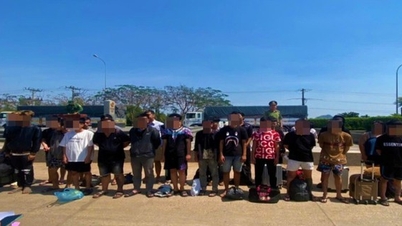

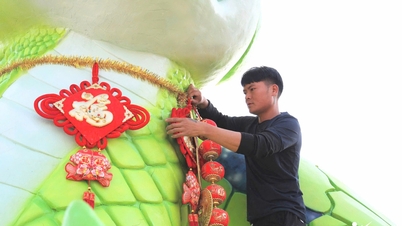





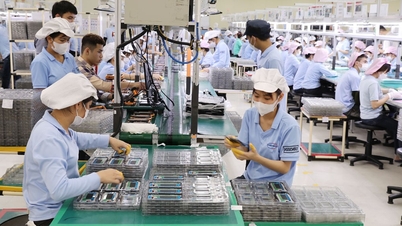
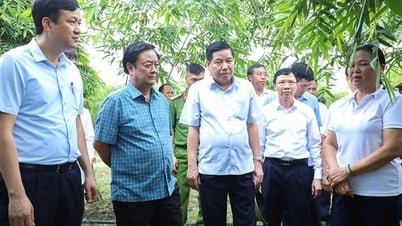
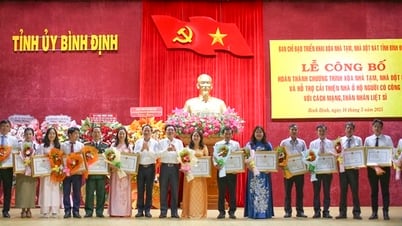
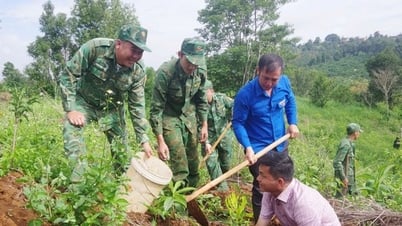
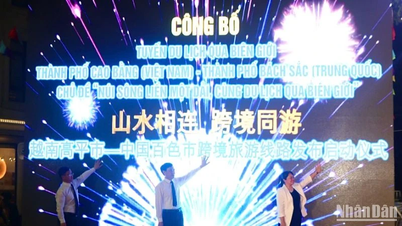

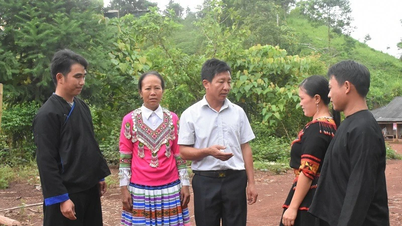
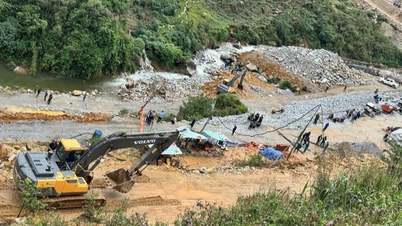
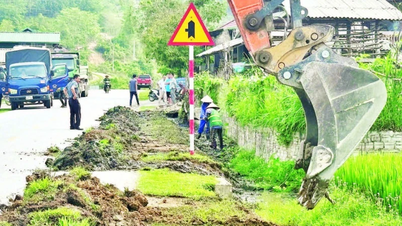






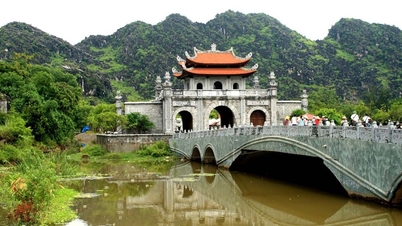
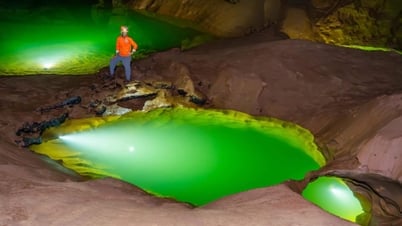
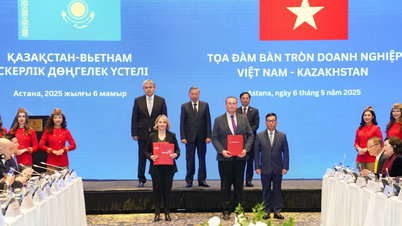

![[Photo] Nearly 3,000 students moved by stories about soldiers](https://vphoto.vietnam.vn/thumb/1200x675/vietnam/resource/IMAGE/2025/5/17/21da57c8241e42438b423eaa37215e0e)



















































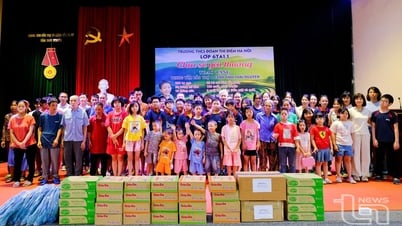

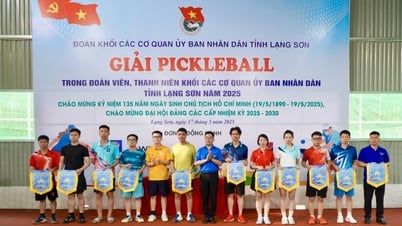

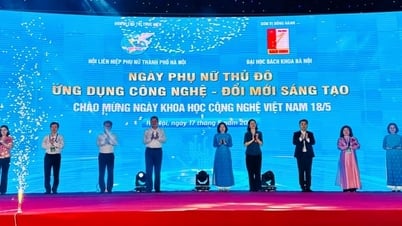


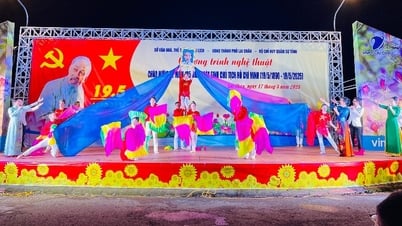

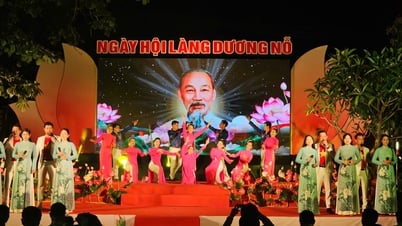











Comment (0)